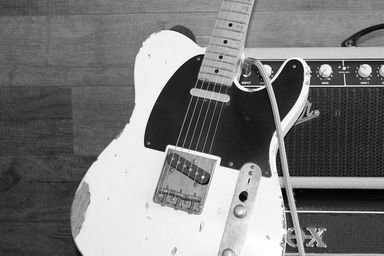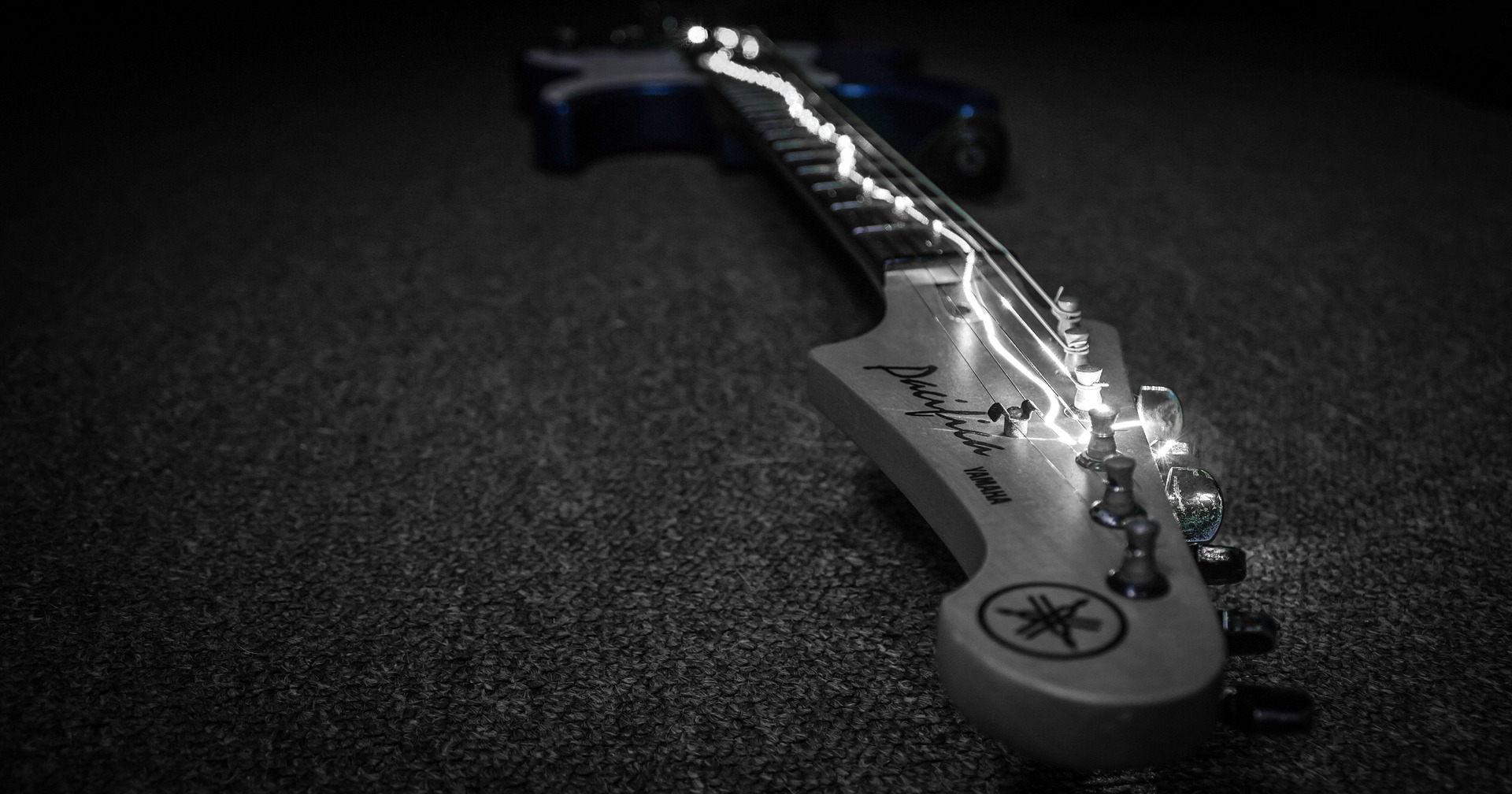As you’ve probably got a lot of time on your hands (coronavirus quarantine/lockdown at the time of writing), why not use it to (finally) learn the fretboard? By learning the fretboard I mean breaking away from patterns and moving into using note names and intervals to navigate the neck. It’s a huge turning point in a player’s guitar-learning trajectory, and one that will take your playing to the next level by separating you from about 80% of the guitarists out there.
Let’s start by learning the notes on the neck – the least painful way.
Most guitarists are put off learning the notes on the neck by unnecessarily complicated procedures and ‘methods’ knocking around on the internet. Yes, learning the notes on the neck does require a little effort, but not so much so that it becomes an ordeal. The problem I see with many of these ‘methods’ is that they’re just gimmicks or tricks to memorize note names and nothing more. In other words, they do not answer the question: ‘Why am I learning this?’ In this series, the ‘why’ is the rest of the series, which is why we need to get it out of the way now.
If you haven’t learned the notes on the neck before and think it will take time, you can still enjoy the rest of this series because you will basically have to find notes over and over again to be able to do the exercises. What I’m saying is don’t worry if you can’t find them instantly (this is the goal by the way); if you can locate them without too much trouble, you’ll be okay.
Here are a few facts to bear in mind:
- There are only 12 different notes.
- The notes repeat after the 12th fret.
- We only need to learn 7 of them.
- Some notes have 2 names (♭/♯) – we don’t need to learn where these are.
- You won’t need to do any kind of ‘note calculations’ while you’re playing.
Step 1 – Learn the Natural Notes
The natural notes are A, B, C, D, E, F, and G. This is also the A Natural Minor Scale or the C Major Scale, depending on the starting note.
There are a couple of ways you could learn this.
1. Learn the C Major (or A Minor) Scale up to the 12th fret. If you already know it, you’re good to go. The following two diagrams show the C Major (or A Minor) scale with both the sharp (♯) and flat (♭) notes.


As I mentioned, don’t worry about learning the in-between notes such as F♯/G♭. You’ll be able to find them easily because you know where the natural notes are.
2. Use octaves to find each note (A, B, C, D, E, F, G). Here’s an example using G:

3. Break it down string by string and notice patterns and shortcuts.
You have two E strings, so the notes are the same.

The notes B and C, and E and F are always right next to each other (a half-step or semi-tone apart).

The notes C, D and E are always a tone apart, so you can learn them in blocks.

The notes F, G, A and B are also always a tone apart, so you can also learn them in blocks.

There are plenty of ways to get this into your head, so do what feels good to you and remember you only have to learn the 7 natural notes, which makes this task very doable. The goal is to have instant recall for any note i.e. you can fire off all the G notes up to the 12th fret, or all the A notes etc. When you can do that, you have a very useful skill indeed. Continue with the series while you’re learning this as we’ll be working this skill in anyway.
In Part 2, we go from note names to intervals.



